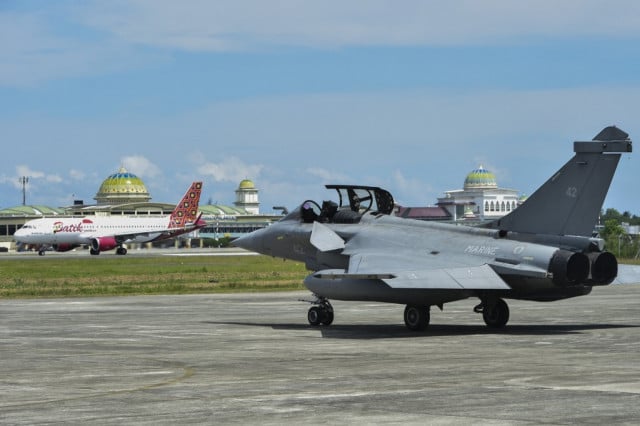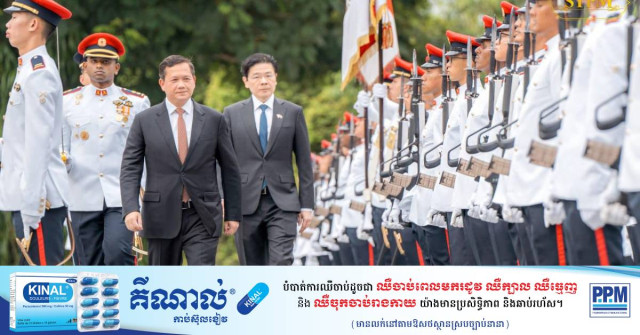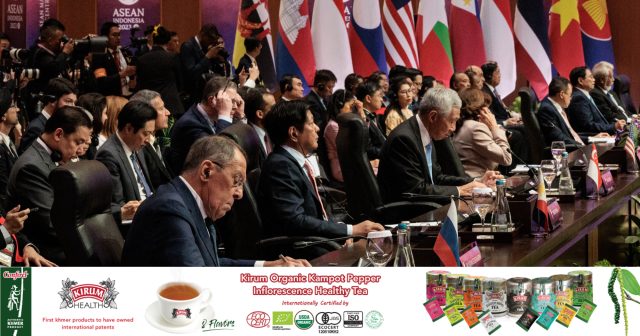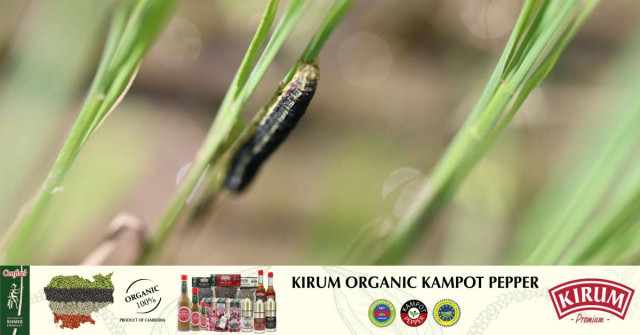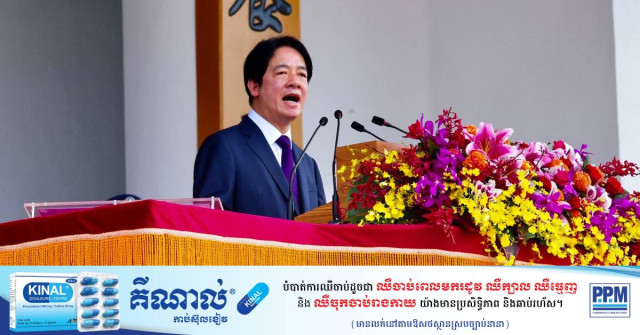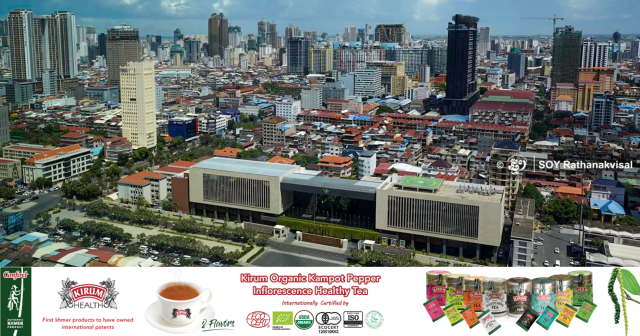Canal Should Break Ground Soon: Hun Sen
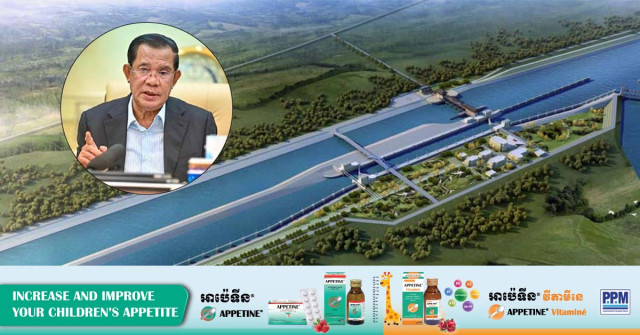
- By Meng Seavmey
- May 16, 2024 7:10 PM
PHNOM PENH – Senate President Hun Sen has asked for work on the Funan Techo Canal to start immediately as the country needs transport independence.
The 180km-canal, estimated to cost $1.7 billion, will be built to cut shipping costs for imports and exports.
Starting south of Phnom Penh, it will connect the Takeo Canal of the Mekong River, the Ta Ek Canal of the Bassac River and the Ta Hing Canal in Koh Thom district before reaching the sea in Kep province.
It is projected to earn $88 million to $570 million per year, according to an Economic Internal Rate of Return evaluation.
“I am making this comment to the new prime minister: do not delay it anymore and let the construction break ground soon if possible,” Hun Sen said in a televised address. “We need to consider our economy.”
Deputy Prime Minister and First Vice President of the Council for the Development of Cambodia Sun Chanthol said on May 3 he would seek the Prime Minister’s approval to start construction by Dec. 29, Cambodia’s Peace Day.
The project has received geographical criticism and environmental and social concerns from the public and neighboring countries.
Hun Sen again denied allegations that the canal would be used by the Chinese Navy. He said the shallow and narrow canal would not be suitable for mobilizing a warship.
He also warned against involving Cambodia in an anti-China campaign.
The canal will have a width of 100 meters upstream and 80 meters downstream, with a depth of 5.4 meters, allowing cargo ships with a total load of up to 3,000 tonnes to pass in the dry season and 5,000 tonnes in the rainy season.
In terms of environmental concerns, the Government says the canal will not affect the Mekong River’s mainstream, nor mix salt water with fresh water.
The canal will flow from Prek Ta Hing, a tributary of the Bassac River, which is one of the Mekong tributaries. The flow rate is estimated to be five cubic meters per second in the canal, representing around 0.05 percent of the combined water discharge of the Bassac and Mekong rivers in the dry season.
The canal will be segmented by three locks. The first will manage fresh water from the Mekong River. The second will manage the water flow of the lowlands in Takeo province to guarantee normal local annual flooding.
The third lock, in Kep province, is to prevent seawater from mixing with fresh water from the canal.
Hun Sen added that Cambodia, based on the Article 5 of the Mekong River Commission’s (MRC) 1995 Agreement and Procedures, is not obliged to negotiate with any Mekong countries about the project but must notify the MRC only before construction.
The project is also expected to help agricultural and aquacultural development, and create many economic zones and logistic centers, many satellite ports, irrigation, and animal farming along the canal.
The Ministry of Agriculture, Forestry and Fisheries estimates it will provide 540 tonnes of fish per year for people living along the canal to catch legally for their livelihood.
Environmentally speaking, the canal will not harm any nature conservation areas and, instead, create a new habitat for biodiversity, maintain environmental sustainability, including water flow and natural food, reduce flood and drought, and make it easier to adapt to climate change, the government says.
The canal would play an important role in responding to and preventing flood within the area, especially Takeo province and bordering Vietnamese provinces.
Construction is estimated to take four years and should provide jobs for 10,000 workers.










